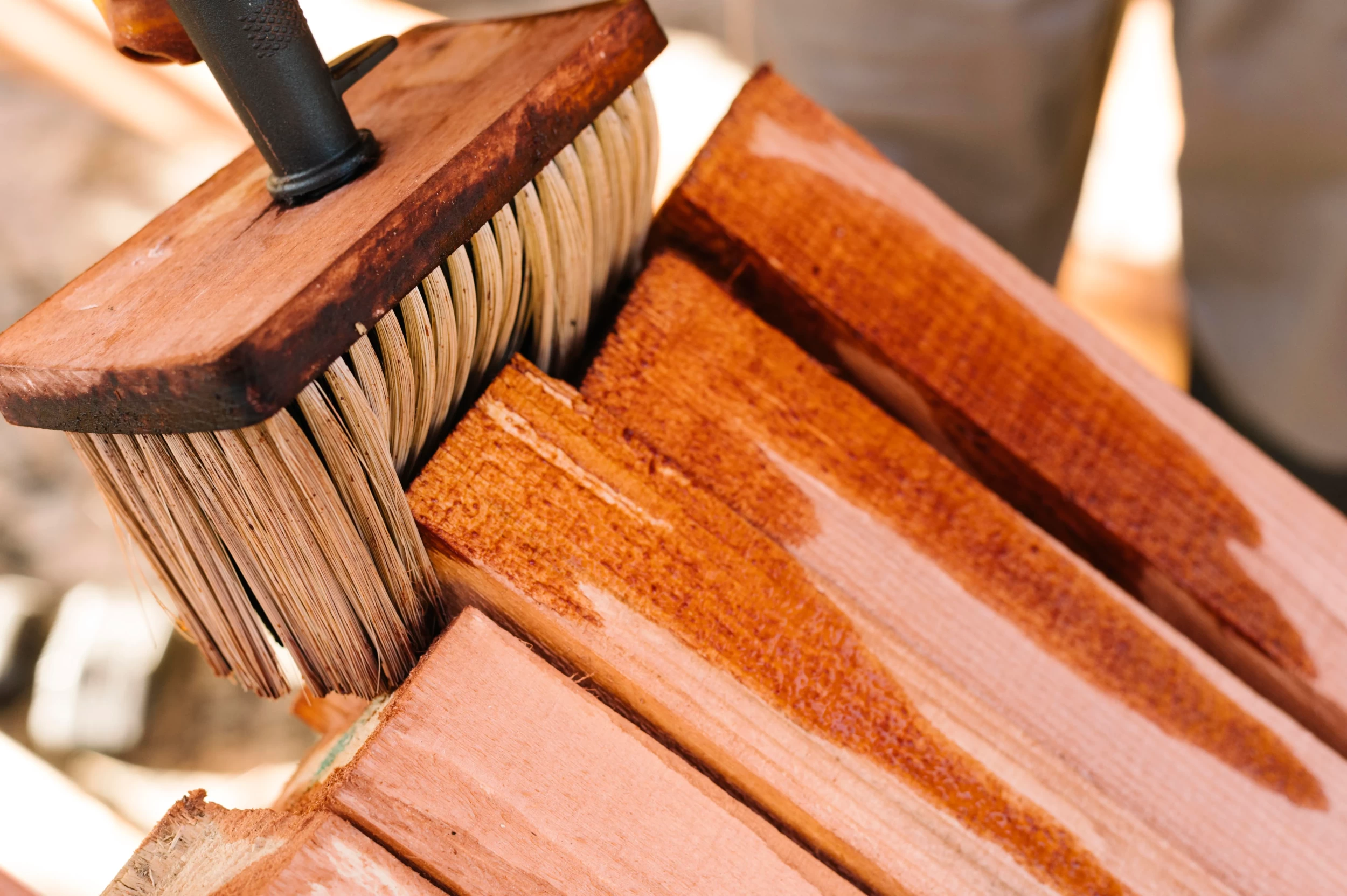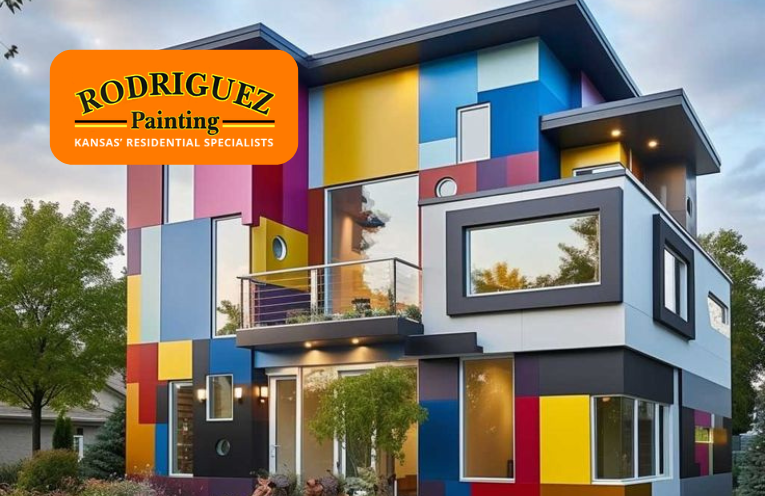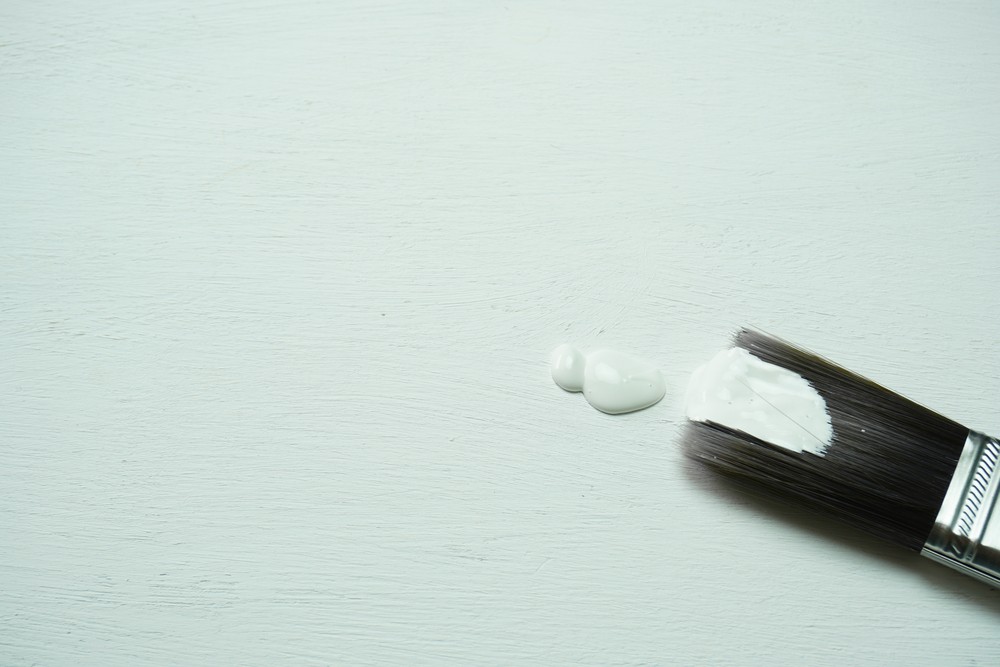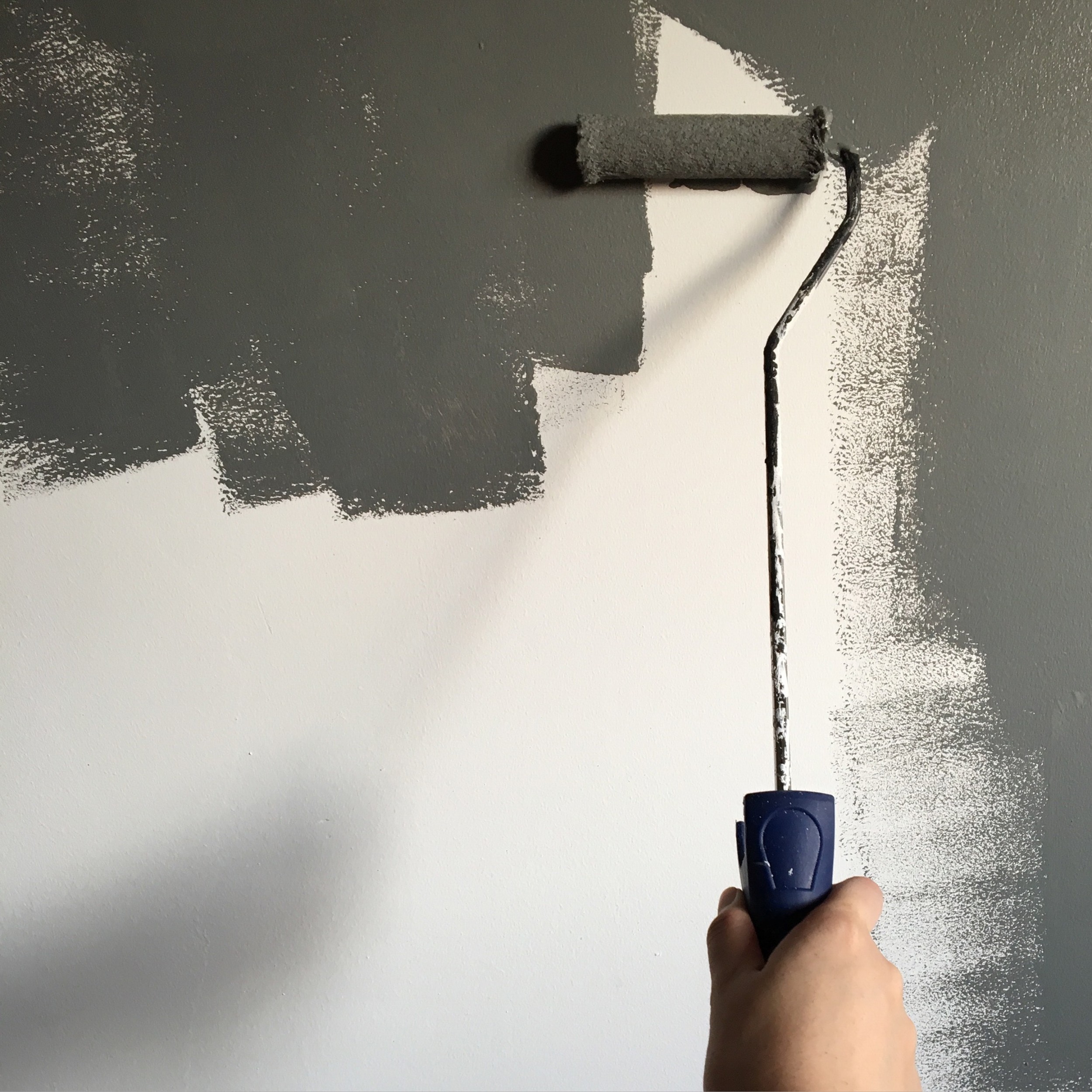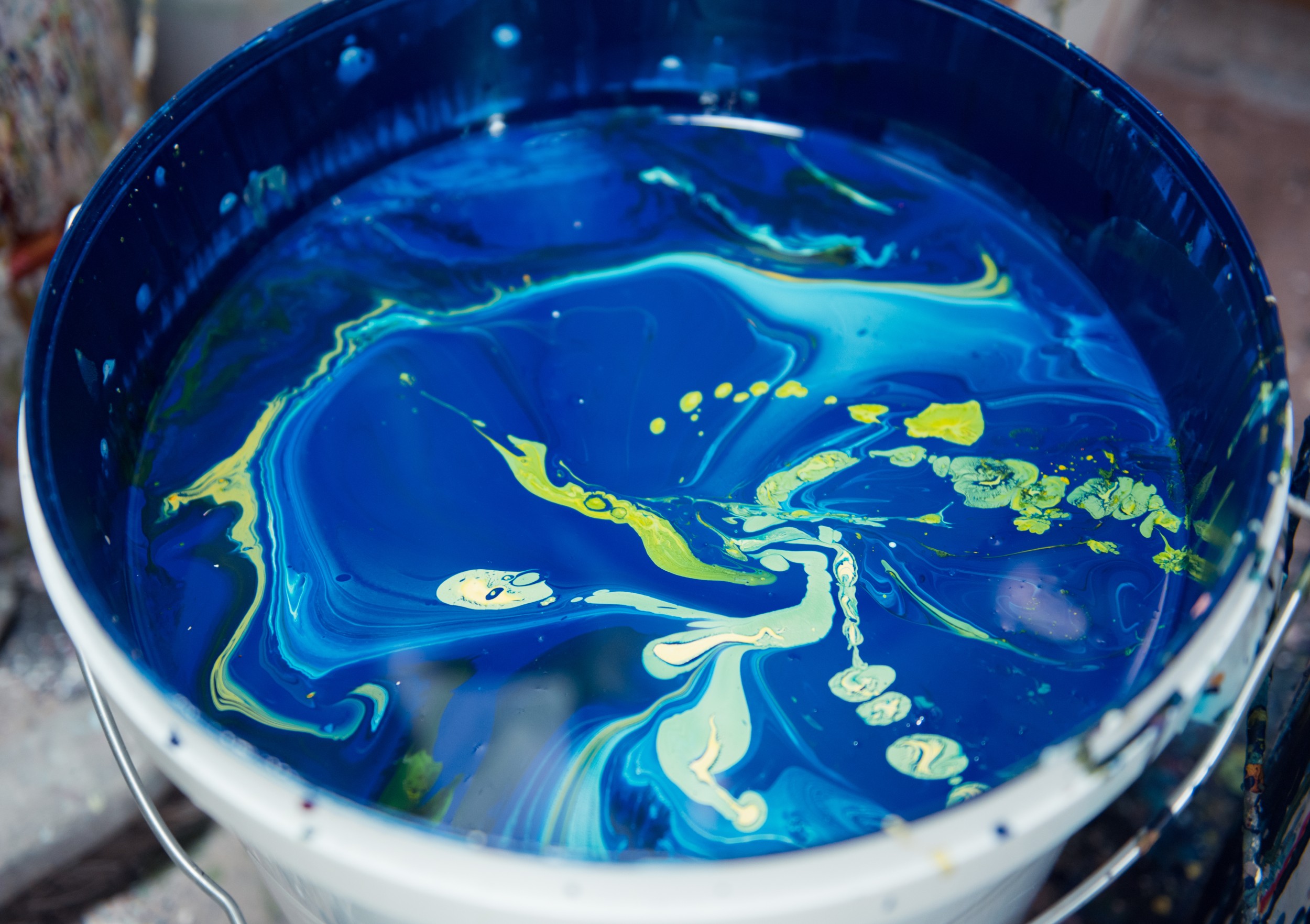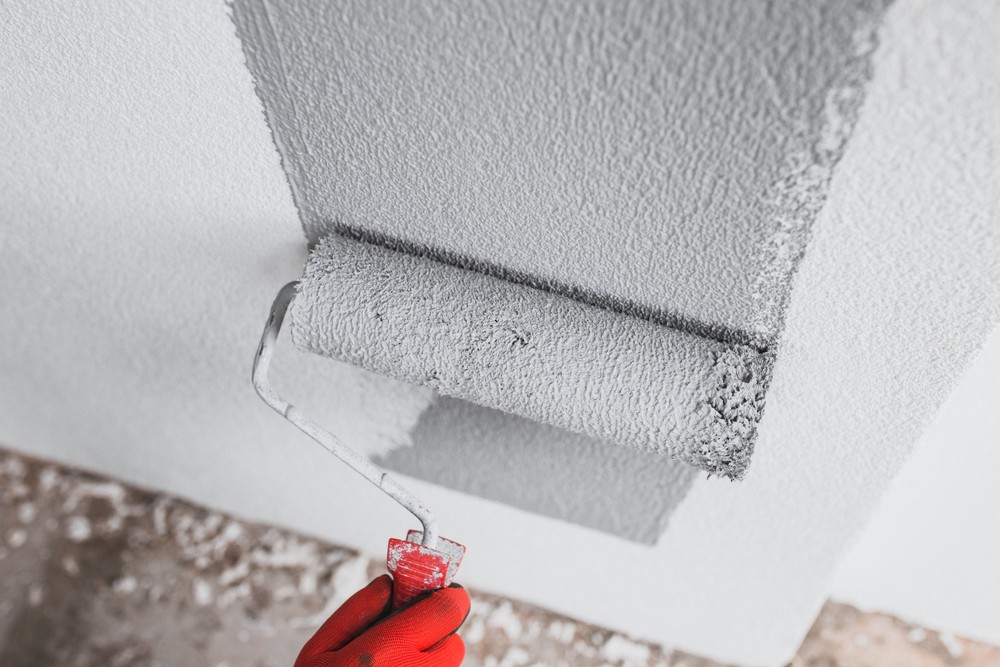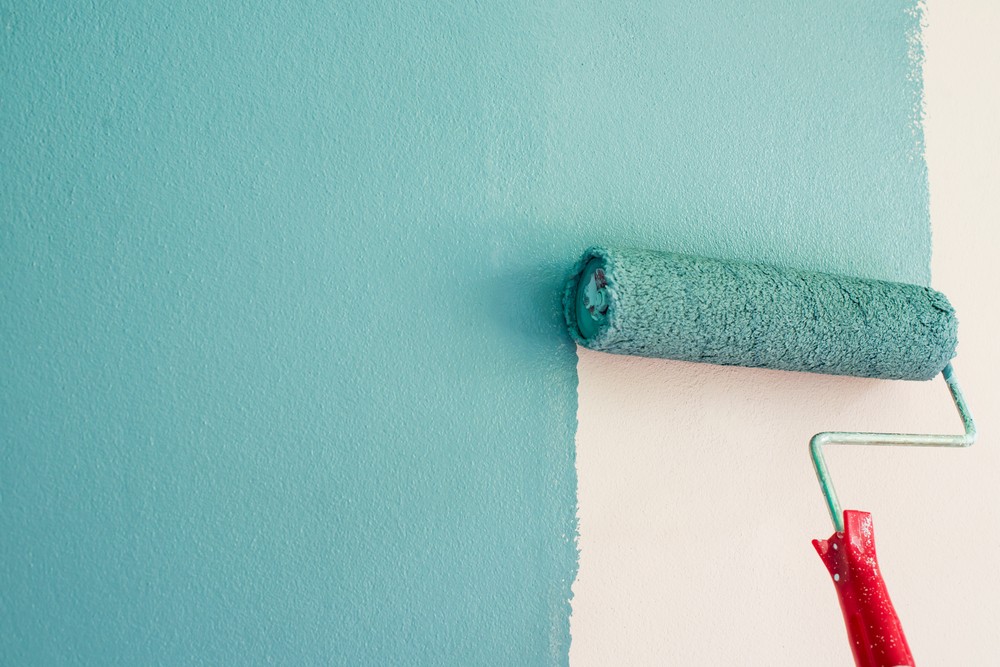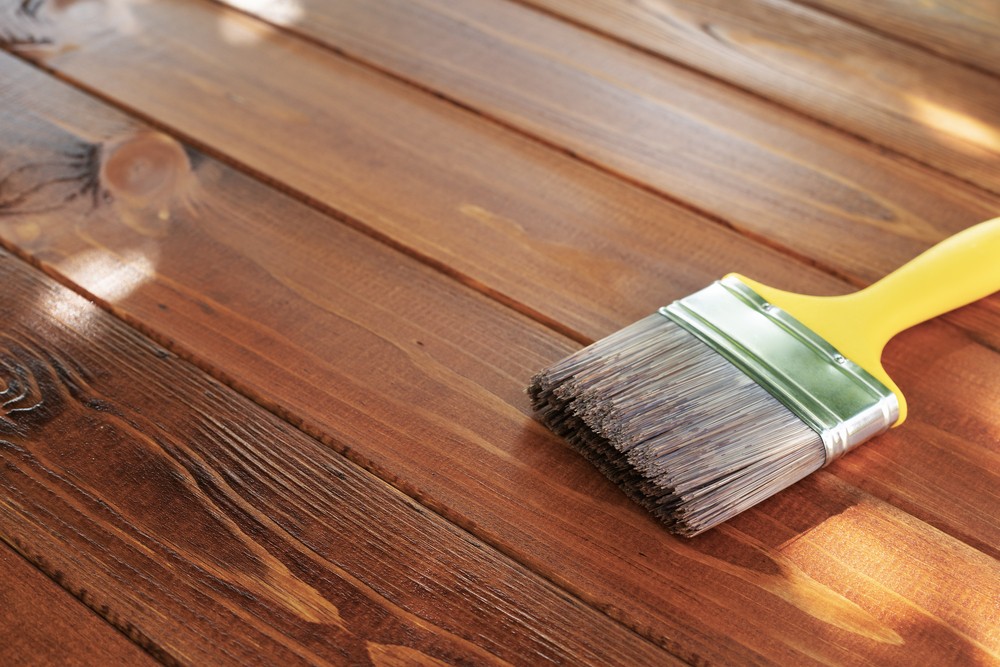
Painting or staining your deck is one of the most common ways to improve its aesthetics and longevity. Though each approach has pros, weighing the benefits against the cons is important before settling on one.
In this detailed article, we'll compare and contrast the benefits of deck painting vs. deck staining so you can make an informed decision.
Deck Painting:
Painting a deck involves covering the wood with a thin coat of paint. This approach protects your deck well from the outside and gives it a nice pop of color. Painting your deck is a great way to provide a new, consistent appearance and hide any flaws on the surface.
The paint blocks UV rays, reducing the likelihood of deterioration due to moisture and decay. There are, however, several other cons to consider. Paint flaking and chipping over time means extra upkeep and repairs. Additionally, when wet, painted surfaces can become dangerously slippery.
Deck Painting Pros and Cons
Pros:
- Allows for a great deal of color variation in design
- Gives everything a clean, modern look
- Protects the wood from UV rays and deterioration
- Defends against wetness, decay, and the weather damage
Cons:
- Easily flaked off, needing extra maintenance
- Wetness might make it more slippery and risky
- Painting hides the wood's grain, which may turn off purists
Deck Staining:
On the other hand, staining a deck involves applying a product designed to enter the wood's pores and reveal its natural beauty. You can get the ideal look for your deck by choosing from various tones, from clear to solid colors. Stains, instead of paint, do not leave a heavy layer on the surface, highlighting the wood's natural grain and character.
Stains prevent cracking and warping and seal off moisture and UV rays. Stains also take longer to maintain than paint as they fade rather than peel. However, depending on the type of wood and the application process, the stain may not be uniform and may not hide all imperfections.
Deck Staining Pros and Cons
Pros:
- Enhances forth the wood's inherent elegance
- Offers a range of shades and highlights the natural wood grain
- Prevents deterioration from rain and UV damage
- Lessens the amount of maintenance needed over time
Cons:
- Not all stains will completely hide pre-existing flaws
- Wood type and finish might affect the final color
- Stained surfaces have fewer color options than painted ones
There is no one-size-fits-all solution when deciding between painting and staining your deck. Your deck's status and willingness to perform maintenance will play a role in your final selection. Painting may be your best option if you care about variety and consistency in color and style. However, staining may be the best option to highlight the wood's natural beauty and take advantage of reduced maintenance.
Ultimately, both approaches have their benefits, so choose the one that best suits your taste and the needs of your outdoor area. A freshly painted or stained deck can be a beautiful, durable outdoor space by choosing the right deck painting service.






























